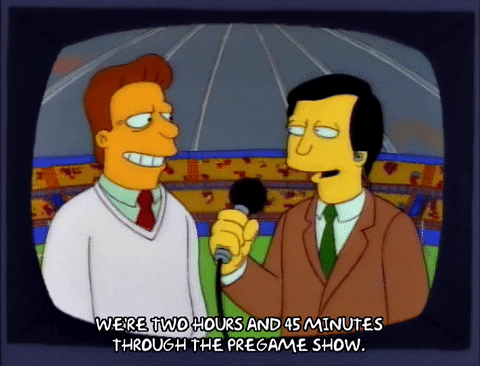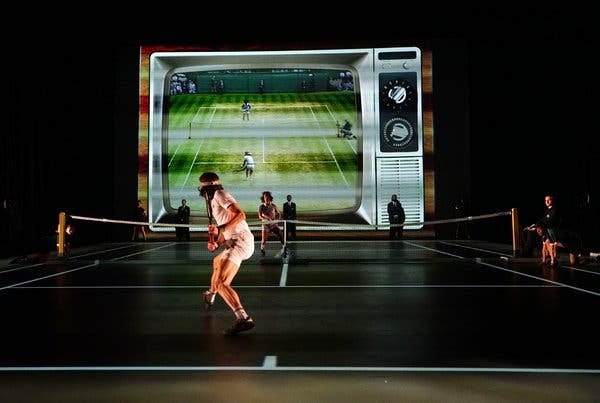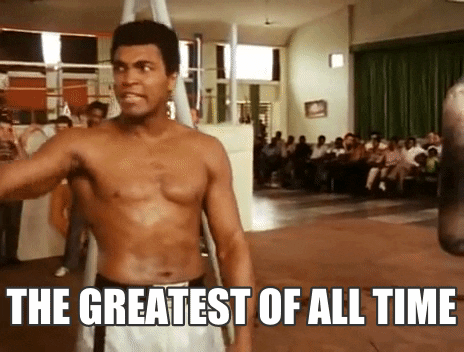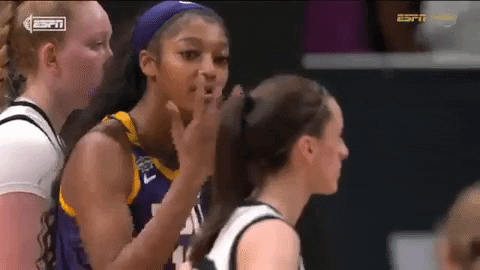F%@K FANS. Or why the future of fan engagement is immersive.
Sports technology industry insights, news, and analysis. Brought to you by STWS.
Welcome back to Sports Tech Feed! Fresh off his presentation at SXSW, we spoke with sports industry trailblazer Richard Ayers about the future of fan engagement. We also look at the latest research into the rapid growth of women’s sports.
I say “F#&K!” You say “FANS!”
That’s how Richard Ayers (Founder Rematch, Seven League, fmr. Manchester City Group digital head honcho) kicked off his 2023 SXSW Presentation.
A call-and-response chant of expletives about fans isn’t what you’d quite expect from an expert on fan engagement. So that was my first question for him when we spoke on our LinkedIn Live discussion this week.
The Fan Amoeba: Single Cell Organism.
“Fan” is one of the most dangerous terms in sports.
We always talk about the hardcore fandom. That fandom is very noisy and very powerful around the sporting organization.
And quite often you find the people inside the organization are also part of that hardcore. So you end up with an inability to get perspective.
The point Richard is making is that sports are guilty of speaking about, and then to, “the fan” as a singular amorphous blob.
Everyone lumped in together. The loudest voices cut through the most, so they’re the ones teams and leagues answer to.
That leaves us with the lowest common denominator: the stereotypical “fanatic” fan. e.g. Three Lions tattooed football geezer or the all-day tailgating face painter.
Sports should still serve those fans, but building core offerings exclusively around them doesn’t make sense.
In the digital age, sports should, and can, be better.
Richard made the point that with all the digital tools available to modern teams and leagues (and their sponsors) there should be no excuse for not knowing the value proposition you’re offering, and who you’re offering it to.
Side note: during his time at Seven League, Richard had a company rule that if you were a fan of a team, you couldn’t work on that account. A simple but brilliant way to stop the person from losing perspective (and rationality).
So, what is the value proposition that most people want from sports?
It’s about self definition and ego, and a desire to be part of a community…
…but what fans really want to do is be in the moment. 100% absorbed with all the world’s cares taken away from them.
Sport taps into our innate desire for being a part of something, even if for a moment. An all-absorbing sense of being there.
This also explains one element of the success of sports betting and why sometimes it gets conflated with “fan engagement”. Betting gives you agency in whatever you’re watching. You’ve literally bought into it. You’ve got skin in the game.
The data backs it up. Recent research developed by Two Circles and the Women’s Sport Trust (with additional funding from UK Sport, The FA, ECB and RFU) found that live events are consistently the best drivers of engagement with sports.
An issue of scalability
If we revisit this chart above from the Two Circles report, although Live Sporting Events are the most impactful for engagement they’re also majorly outstripped in reach by TV and Social Media.
A big part of live events’ value is also exactly why it doesn’t scale: scarcity. Stadiums only seat so many people before the experience diminishes (basketball games in Football Stadiums anyone?). More importantly, due to the globalized nature of fandom, many fans won’t physically be able to make it to a stadium.
And then the ultimate block to be able to experience some events is the linear nature of time. You can’t be there because it’s already happened?
Rematch: Sports Transcending Time and Space.
Richard’s latest endeavor, Rematch, takes all those learnings of immersion as the holy grail of fan engagement and attempts to create a sporting time machine for fans (and potential fans) to immerse themselves in some of history’s most iconic sporting events.
They started with an award-winning immersive recreation of the 1980 Wimbledon Men’s Final between Bjorn Borg and John McEnroe.
The beauty of these events is that they reanimate the unused IP of the sports rights holder. Engaging new and old fans alike by unlocking dormant value that would otherwise gather dust in an archive room.
Next up: October 30, 1974. George Foreman vs. Muhammad Ali. The Rumble in the Jungle.
Scaling beyond the physical. Entering the metaverse.
Rematch may be offering a sporting time machine but it’s still physical events with all the same limitations of size and location as other sporting events.
So how do bridge that gap in scale and reach?
New tech including VR and AR may hold the answer. If that’s possible, then what’s next? Richard thinks immersive replays of last week’s or even last night’s game is the next innovation coming through. Watch this space…
Listen to the full conversation with Richard. You can access it via your podcast platform of choice by searching Sports Tech Feed.
What we’re reading: Two Circles & Women’s Sport Trust Research
Now is the time to turn experiences into habits, in order to continue the momentum and establish genuine life-long fans, following a record-breaking year for women’s sport.
The aforementioned report is a great insight into a whole range of areas, including dispelling the trope of “inspiration” rather than “excitement” being the primary reason people watch women's sports.
The study shows that in-game attendance, and the excitement of those events, especially when played in a captivating atmosphere, are two significant metrics in driving habitual change in fans.
The study also found any experience with women’s sport was more likely to lead to positive changes in future behavior, with fans wanting to watch more women’s sport, when compared to experiences with men’s sports.
Looking forward to seeing more research being done into this area.















